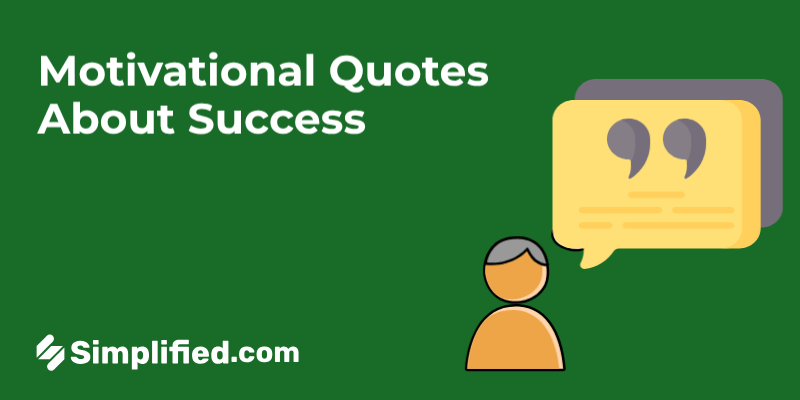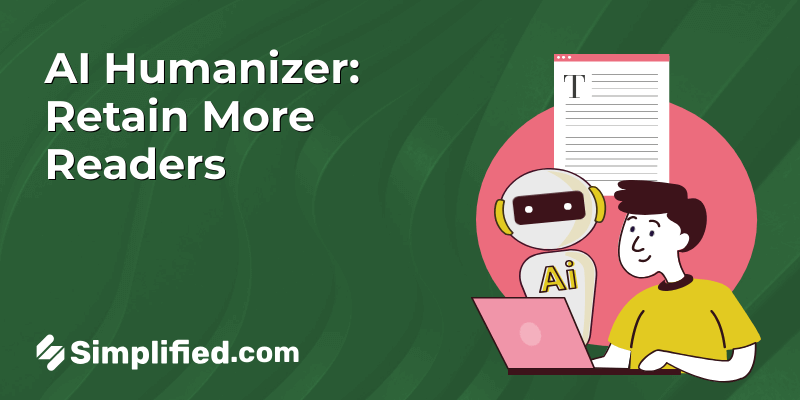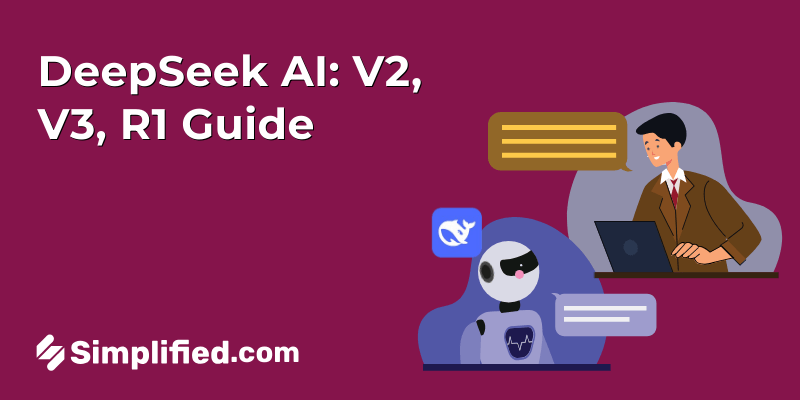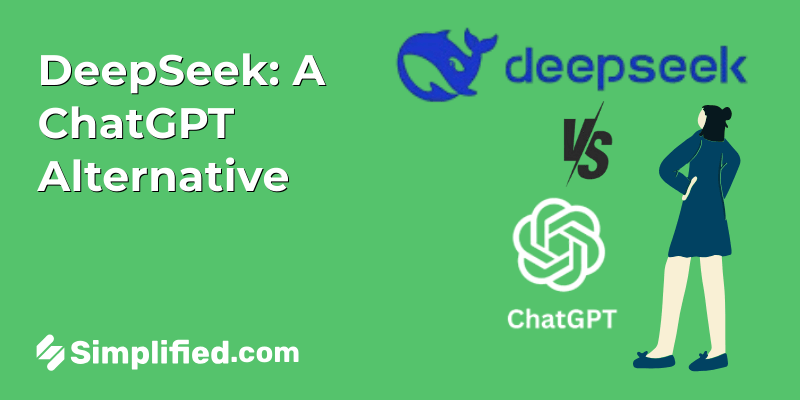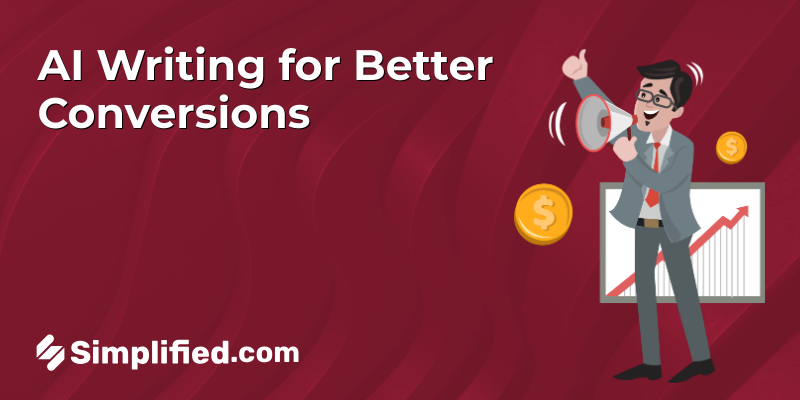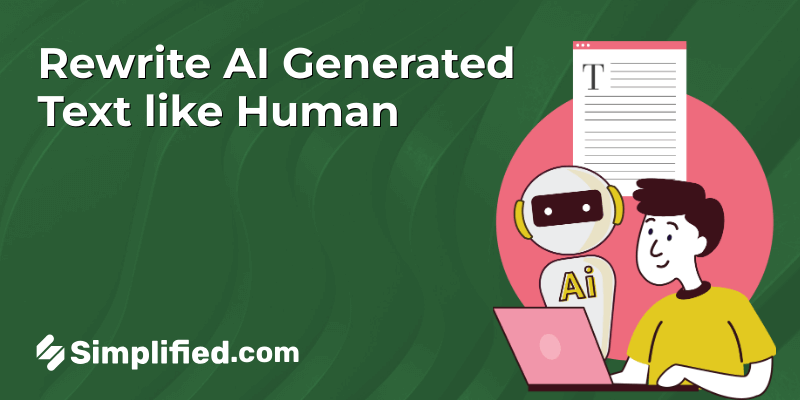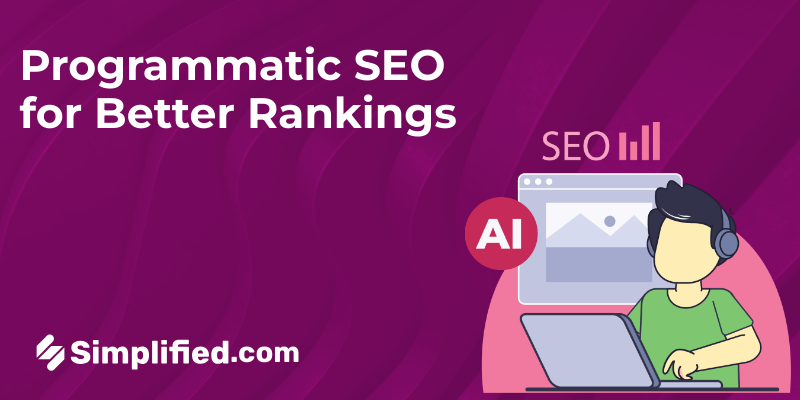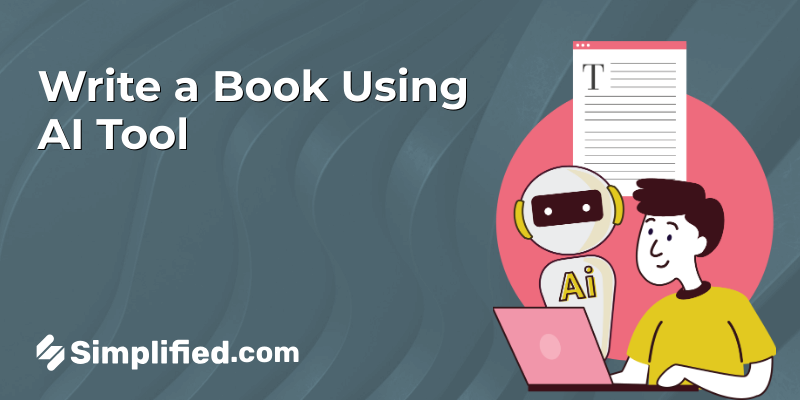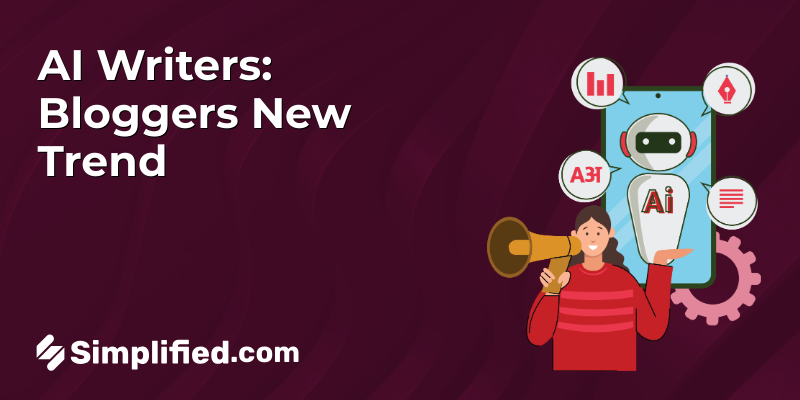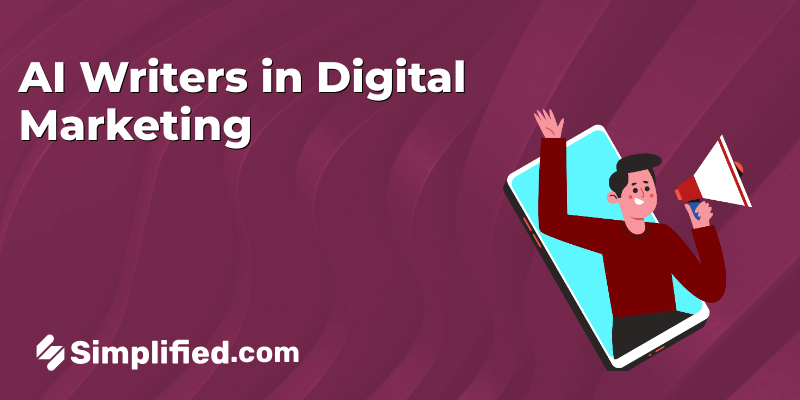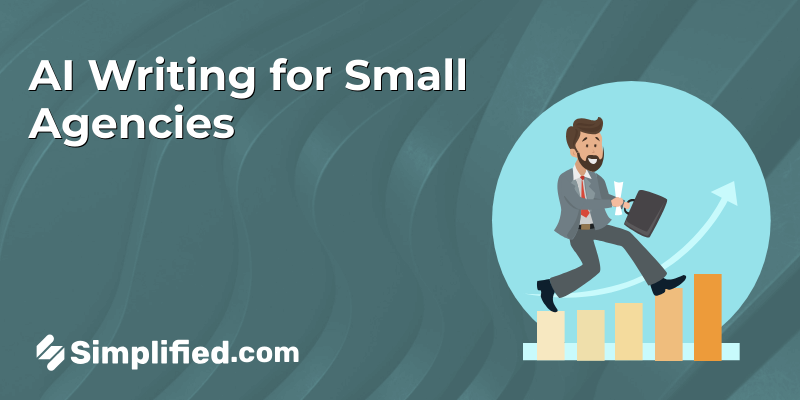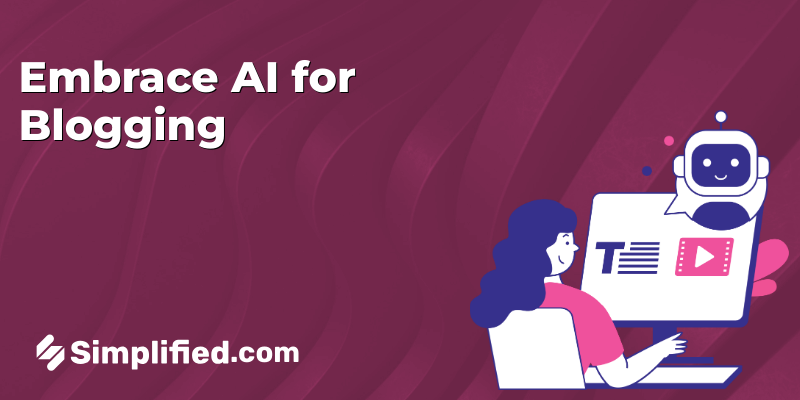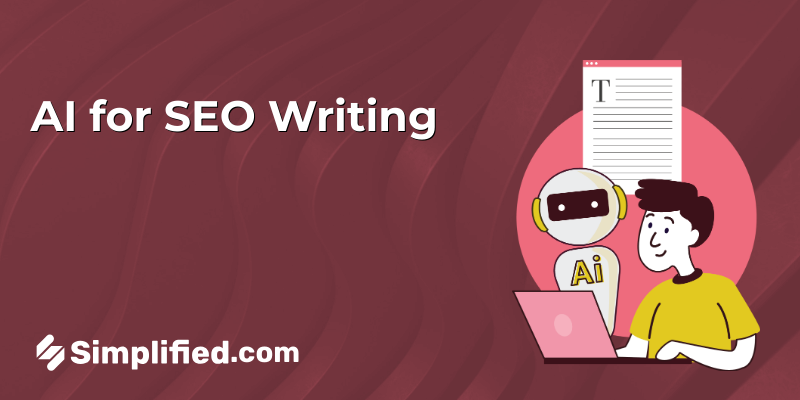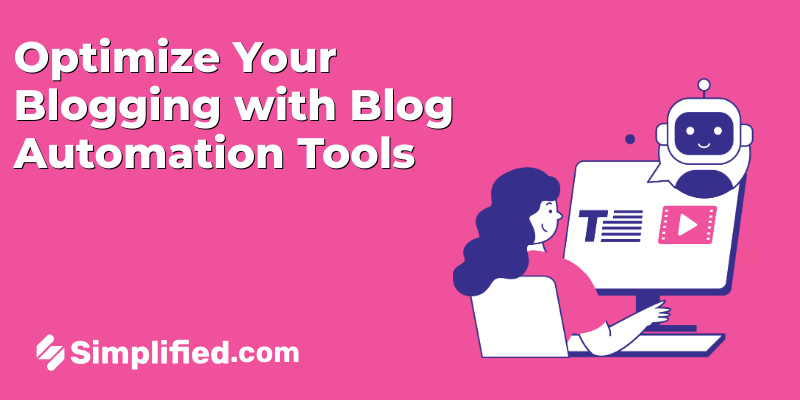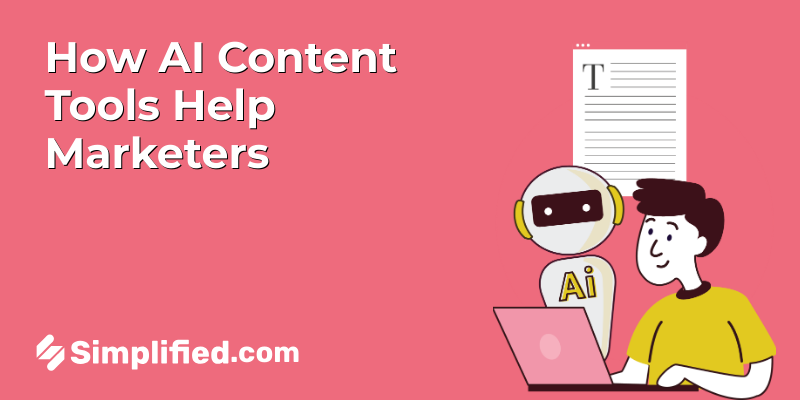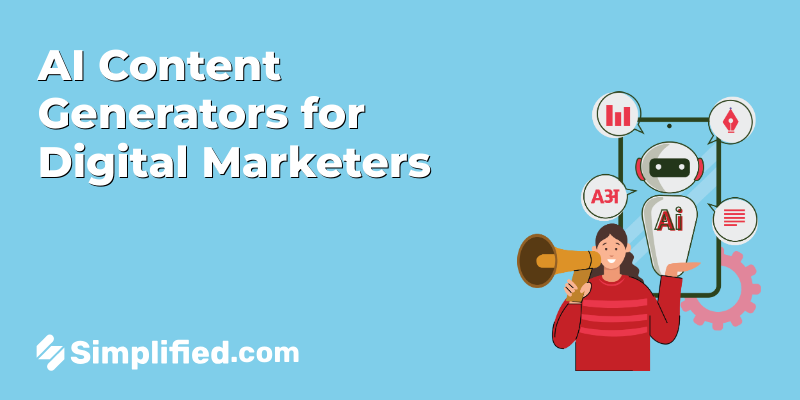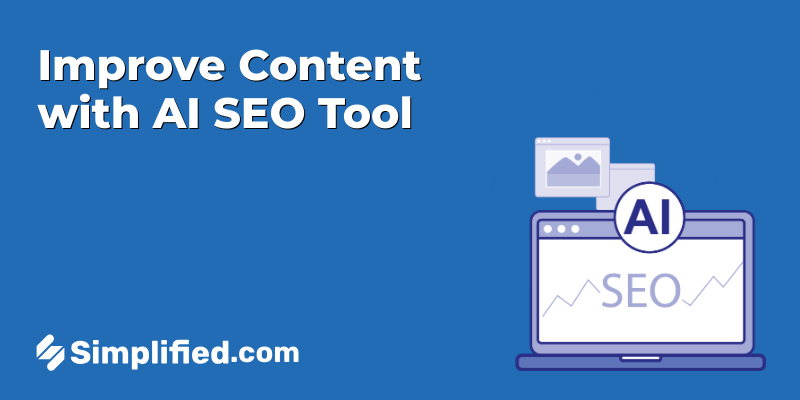
Over the past couple of years, we have witnessed remarkable growth and innovation, with progress being made in a matter of months or even days. As the AI industry continues to evolve, we realize that relying solely on LLM models is insufficient for solving complex problems and automating business processes. These tasks require a deeper understanding of context and the ability to generate contextual AI solutions. Generative AI development services enable a deeper understanding of context, essential for solving complex problems and optimizing workflows in business processes.
.
This is where the concept of “AI workflow” comes into play. Drawing from the latest definition ( choosing this one as Dharmesh Shah simplified it 🙂 )
“AI Agents are software programs that utilize artificial intelligence to pursue specific goals. They achieve this by breaking down the goal into actionable tasks, monitoring their progress, and interacting with digital resources and other agents as needed”

Let’s consider a common example: Blog writing. The results can be inconsistent if you request ChatGPT to craft a 1500-word blog on a specific topic aimed at achieving a particular outcome. You may need to go through several iterations to refine it. Despite the power of large language models (LLMs), they sometimes fall short on more complex tasks.
Similarly, in real-life problem-solving, our brains often break tasks into smaller, manageable subtasks to handle them effectively. This iterative process, where you refine and adjust the output, is akin to how we naturally approach problem-solving.
It underscores a key limitation of current AI technology: the challenge in grasping the full context and nuances of a task on the first attempt.
For more effective results, breaking down a large task into smaller, clearly defined steps can help the AI produce more accurate and relevant outputs. Similarly, providing detailed, specific prompts to the AI can significantly enhance the quality of the ai writing content it generates, mimicking how we focus our thoughts and clarify our intentions when tackling complex problems.

In the early days, we noticed this shortcoming while building Simplified . Recognizing that a one-size-fits-all approach often leads to subpar outcomes, we shifted our strategy towards a more modular, customizable solution. By integrating a system that allows users to specify their needs and preferences at each step of the content creation process, we were able to enhance the adaptability and accuracy of our platform. This approach not only improved user satisfaction but also demonstrated the importance of flexibility and user input in shaping AI-driven tools.
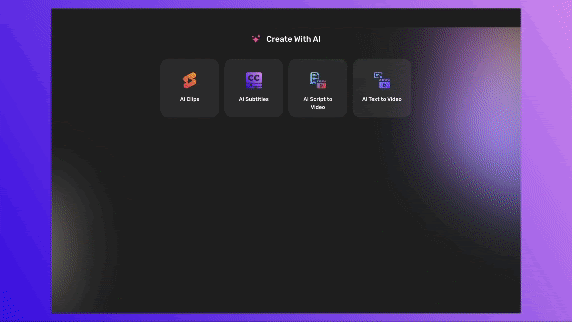
We built the framework “Sequences” before it became a “buzzword” in the industry. This proactive approach enabled us to pioneer an innovative system where multiple specialized agents could collaborate to handle different facets of a task. Each agent, designed to excel in a specific domain, could operate semi-independently yet interact seamlessly with others to produce a cohesive output. This architecture not only increased efficiency but also allowed for greater scalability and precision, setting a new standard in the field of AI-driven solutions.
Interestingly, after reading various papers and experimenting with different frameworks like Microsoft AutoGen, SuperAGI, and a few others.
I discovered that the contemporary definition of an agentic workflow closely resembles our in-house framework called “Sequences”
This framework currently powers Simplified AI Infrastructure and enables the execution of intricate workflows. Here is a brief overview of “Sequences”.
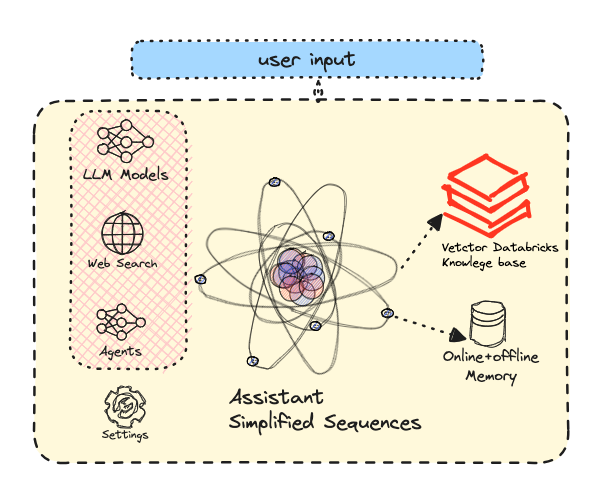
Sequences can enhance existing AI workflows in several ways
1. Streamlined Workflow Management: Sequences provides a centralized platform for managing and orchestrating AI workflows. It allows users to define, schedule, and monitor complex workflows, making it easier to track progress and ensure efficient execution.
2. Contextual AI Generation (+ Hallucinations): With Sequences, AI workflows can leverage contextual AI generation capabilities. This means the system can understand and incorporate relevant context into the workflow, leading to more accurate and effective results.
3. Task Decomposition: Sequences break goals into actionable tasks, enabling better task management and allocation. This ensures that each task is executed efficiently and contributes to the overall workflow objective.
4. Resource Engagement: Sequences can engage with digital resources and other agents as necessary to accomplish workflow goals. This allows for seamless integration with external systems, data sources, and APIs, enhancing the capabilities and flexibility of the AI workflow.
5. Scalability and Performance: Sequences is designed to handle large-scale AI workflows. It efficiently manages and distributes computational resources, enabling faster execution and improved productivity.
By leveraging Sequences, existing AI workflows can benefit from improved management, contextual AI generation, task decomposition, resource engagement, and scalability, ultimately leading to more effective and efficient outcomes.
We are excited about research and advancement, looking forward to sharing our learning and framework broadly with the community.



